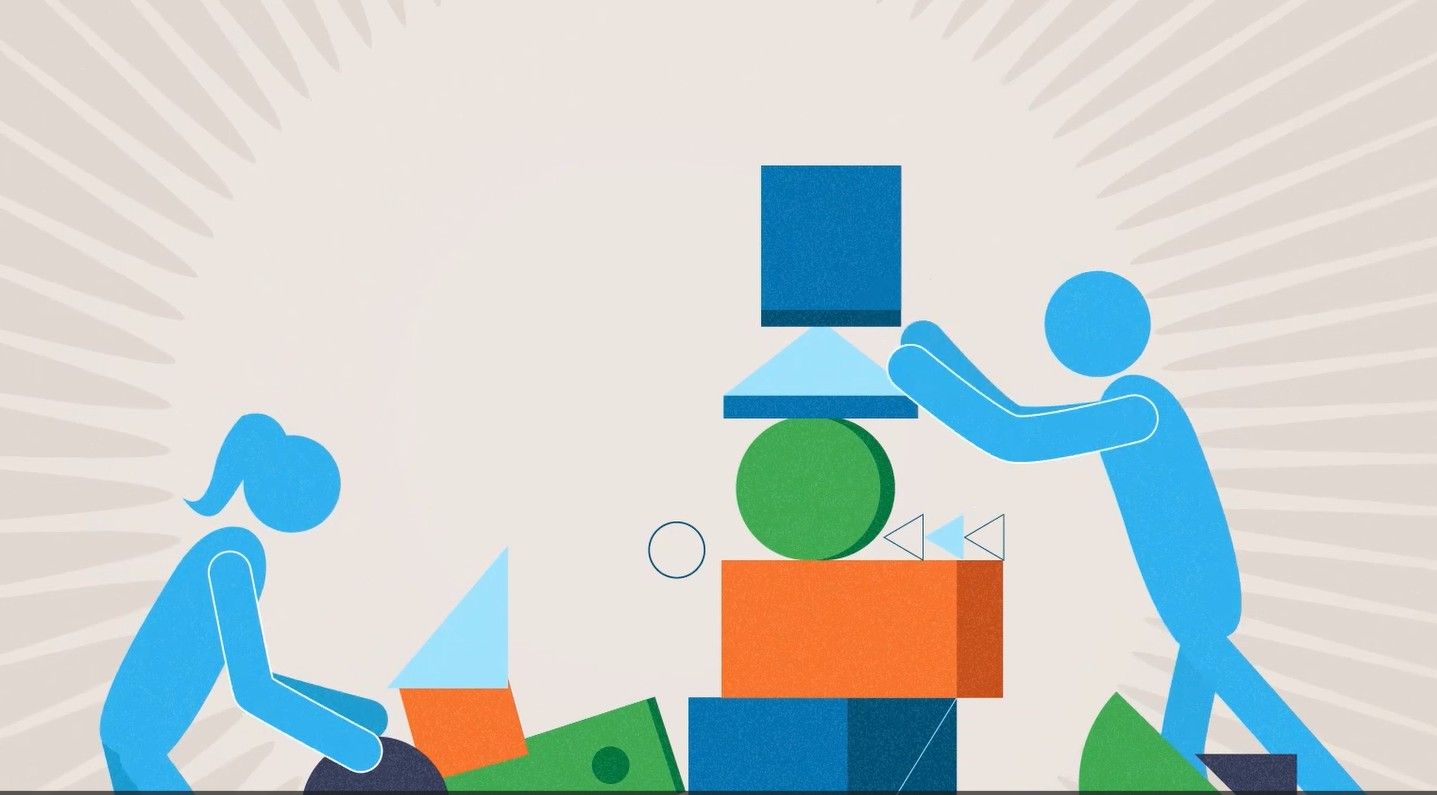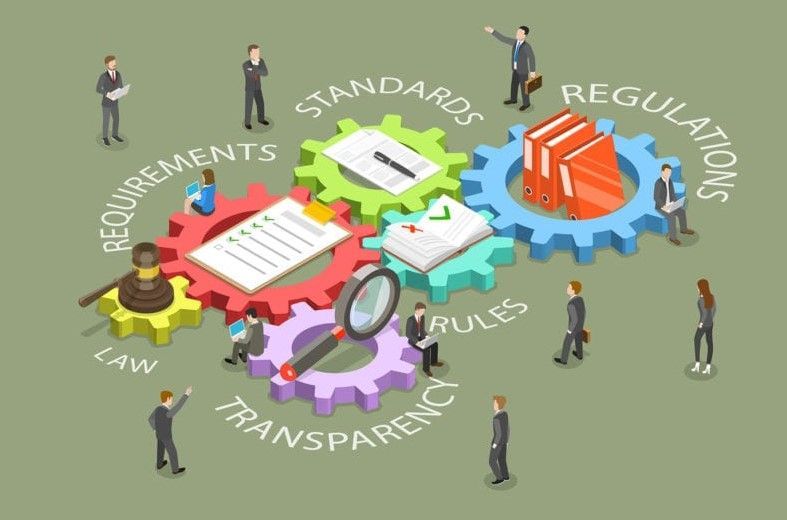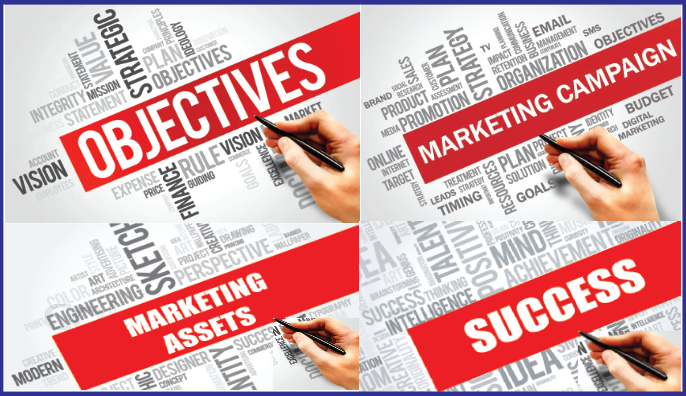The Best Business Gift Ever?
June 17, 2025
To increase revenue and build your business in 2023 ask the “twelve questions of selling.” Creating value for your customers, prospects, and colleagues is perhaps the best business gift you can give them. A particular set of business development and communication skills is the key. Do you and your team have them?
This time of year giving and receiving command a lot of attention. In business, we pursue these activities throughout the year, though perhaps more along the lines of “give and get” or “give and take.”
Unfortunately, business in general is too often perceived as emphasizing the getting rather than the giving. That’s not surprising, but is it fair? Yes, the common thread running through five key business-development functions—sales, negotiations, referrals, and alignment—is in fact getting others to do what we want them to do. But there’s a lot more to the story.
“Successful people are always looking for opportunities to help others.
Unsuccessful people are always asking, ‘What’s in it for me?’”
—Brian Tracy
Overlooked, we believe, is the simple truth that getting in business is made possible by the other, always-present force of giving or, from our perspective, creating value. These 12 questions can help you see where your operation is strong—and where it needs improvement
Sales, Negotiation, Referrals, and Alignment
Here are questions to ask yourself and your team for insight into how effective your sales skills and process really are. Do they help you provide real value during the sales process?
Sales
- Are you as good at developing business as you are at doing your job?
For some professionals and others, business development is not their main function. But they are expected to bring in business nonetheless. Specific communication and persuasion skills are important here. They’re not necessarily second nature.
- Do you get your fair share of new business from referrals?
While other forms of marketing and business development bring in business, most professional service firms, for example, do get a significant amount from referrals—often as much as 70 to 80 percent. Companies in other industries also benefit from referrals.
- At times do you feel your sales process encourages prospects to buy something they don’t really need?
Good news: That’s not selling, at least in our book. Bad news: That queasy feeling can keep you from even asking for the business. A sales process customized to deliver value to your customers and prospects will quiet that nervous stomach.
Negotiations
- Have you or your team been in shouting matches, lost business, or disrupted personal relationships?
No? Count yourself lucky. These problems do occur and, in our experience, are almost always avoidable. Key is a slight change in perspective: Effective negotiation doesn’t have to be combative. In fact, realizing you’re both on the same side lays the foundation for productive discussions—and agreements.
- Do you end up compromising to reach superficial “win-win” settlements that might actually be losses?
The truth is that “win-win” today goes beyond compromise, sometimes way beyond. We help our clients achieve that goal by applying the consultative sales communications skills taught in our FOCIS® Consultative Selling course to create value for both sides during the negotiation process.
- Is negotiating so emotional for you that you are not comfortable or confident?
For example, do you get angry or discouraged when the other side attempts to commoditize your product or presses too hard for price concessions? Our course dedicated to building negotiating skills might be right for you and your team.
Referrals
- Are you unsure about the best way to get referrals?
Many, if not most, business people are. Actually, there are two productive ways. One, you ask the right people for referrals but also in the right way, at the right time, and for the right reasons. The other is to generate referrals without asking for them. Both ways involve creating value during the referrals process—just as in sales and negotiations. We teach both ways.
- Is it uncomfortable—even impossible—for you to turn social interactions into business opportunities?
We’ve all faced this challenge at one time or another. Yet it can be done effectively so that both parties feel good about it because they both realize value.
- Do you have a repeatable process to generate referrals?
Just as increasing sales isn’t magic, neither is increasing referrals. The very best business developers do have a process that can be taught. We teach a process that can be tailored to your particular needs.
Sales and Marketing Alignment
- Do sales and marketing sometimes operate as if one doesn’t know the other exists?
This unhappy circumstance is called “misalignment,” and it’s costly, not only in the form of lower sales and increased marketing costs. Misalignment spills over to operations, too.
- Do you know how much misalignment is costing you?
There are hard costs—missed orders, wrong orders, expediting fees for internal mix-ups. And there are soft costs: damaged customer relationships, bickering employees, reduced morale. Soft costs too often become hard costs that you probably don’t count at all.
- Are frequently crossed signals frustrating your employees, even the most committed?
These days, especially, losing good employees can shut some businesses down. Making sure everything runs smoothly is critical because productive employees are more satisfied and fulfilled and are less likely to walk away. Keep in mind, too, that work-at-home arrangements are widespread.
Business simply can’t be conducted if all sides don’t give and receive—externally and internally. Business schools call it “exchanging value.” The conventional perspective is that a “fair exchange of value” can, and should be, the goal of selling, negotiation, referrals, and sales and marketing alignment. Sellers, buyers, and stakeholders should all “win.”
“I now have confidence to ‘make rain’ without feeling
I have
manipulated or cajoled a prospect into becoming a client.”
—Graduate, FOCIS® Consultative Selling Course
We’ve learned—and we teach—how to take that conventional thinking a step further. As readers of this column and graduates of our FOCIS® consultative selling course know, our experience is that in selling—in fact, in all forms of business development—the best way to give value is to create it during the sales process. Value can also be created during the negotiation, referrals, and alignment processes by using essentially the same communication skills taught in FOCIS®.
After 29 years of helping companies and individuals increase the topline, we’ve developed highly effective solutions to specific challenges in all four areas, including courses designed to develop and improve skills and to increase performance.
The common thread? Building your ability to give the “best business gift ever” in this, or any season. We teach you how to create value in nearly every business interaction, whether brief or extended, and to ensure that customers, prospects, and colleagues recognize and appreciate that value.
In addition, we’ve developed a complementary, 30-to-60 minute process to determine with you which of those solutions, if any, might meet your needs. The assessment process alone delivers real value—often eye-opening—by examining your concerns from a perspective you probably haven’t ever taken.
To learn more about creating value during the business development process, just get in touch with us at 847-446-0008, Extension 1, or pkrone@productivestrategies.com. You’ll see how developing the ability to create value can be “the best gift ever” for your customers, your team, and—happily—you. Why not do it now to get a leg up on your business development for 2023?
The post The Best Business Gift Ever? appeared first on Productive Strategies, Inc..










